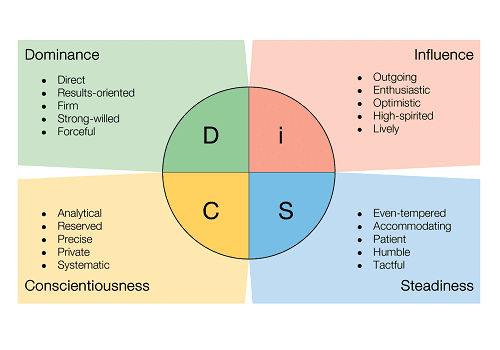Jessie’s CEO dislikes making presentations and dreads “talking with the troops.” He loves his work and manages a thriving company, but speaking at employee meetings and making the departmental rounds to discuss updates and corporate initiatives feels awkward and forced.
Jessie, a senior vice president, is just the opposite. She enjoys it. What’s more, she is good at it. The CEO is always amazed at how Jessie seems to connect with her audience and deliver her message in just the right way. How does she do it?
Over the years Jessie has cultivated an important element of executive presence — reading her audience. “Having executive presence means carrying yourself, behaving, and communicating in a way that says ‘leader,’” said Maren Perry, president of Arden Coaching. “A vital component of executive presence is understanding who your audience is and how to deliver your message in a way that they will understand and find compelling.” For more about executive presence, read Arden Coaching’s article, “Executive Presence: From Emotional Intelligence to Body Language.”
Jessie has discovered three keys to reading her audience:
Be mindful of the context
Are you speaking at an all-employee meeting, a specially-called departmental gathering, or are you a guest at a weekly unit staff meeting? Jessie considers the context. Each setting calls for a different level of formality or informality, group interaction, and opportunities for discussion. Some meetings may call for high energy presentations and some may call for a more dialed-down, conversational tone. Awareness of context helps her prepare appropriately.
Who are you speaking to?
Are you speaking to the board? The senior leadership team? The IT department? Sales? Customer representatives at the call center? Perry notes that, “People need to hear your message at their level, using language, examples, and metaphors that particularly resonate with them. How does what you are speaking about effect them? We’re all hardwired to think, ‘What’s in this for me?’” Jessie is always prepared to speak to the concerns of her audience and talk through benefits and challenges in a way that relates to the reality of their daily work.
For example, the pros and cons of a new product line pricing strategy will mean very different things to different people within the company. Staff in finance will quickly appreciate the benefits of strengthening profit margins, while staff at the call center will be anxious about handling a wave of upset customer phone calls when the changes are announced.
What types of people are you speaking to?
Here’s an effective technique Jessie has learned — get there early. Arriving early helps Jessie get a physical sense of the room, helps her relax and not feel rushed, and she usually has a chance to interact with people and observe a bit before she speaks.
 This allows her to apply her knowledge of DiSC assessments. A DiSC assessment is a robust tool designed to better understand yourself, your colleagues, and how you interact and work together. The assessment methodology is verifiable and consistently reliable, so DiSC is something Jessie can confidently depend upon. According to Perry, “Understanding DiSC is valuable for assessing others, even if you are not an expert and don’t know the person well.” For more, read Arden Coaching’s article, “DiSC Assessments: Understanding Your Team — and Yourself.”
This allows her to apply her knowledge of DiSC assessments. A DiSC assessment is a robust tool designed to better understand yourself, your colleagues, and how you interact and work together. The assessment methodology is verifiable and consistently reliable, so DiSC is something Jessie can confidently depend upon. According to Perry, “Understanding DiSC is valuable for assessing others, even if you are not an expert and don’t know the person well.” For more, read Arden Coaching’s article, “DiSC Assessments: Understanding Your Team — and Yourself.”
Arriving early, Jessie knows that someone who enthusiastically rushes up to her and tells her how excited he is to hear about the new initiative she’ll be sharing is likely to fall in the “Influence” quadrant, and is probably going to be most interested in hearing about the big picture and learning how this will impact people.
If Jessie sees someone promptly sit down, pad of paper ready, looking at the clock to make sure things start on time, she knows that person is likely to fall in the “Conscientiousness” quadrant, and is going to want facts, numbers, and analysis.
This informs Jessie and helps her shape how she’s going to deliver her message, what points she’ll emphasize, and what stories she’ll tell.
All to the amazement of her CEO.
To learn more about executive coaching, executive presence, and how to strengthen your leadership skills, contact Arden Coaching at info@ardencoaching.com or 646.684.3777.

